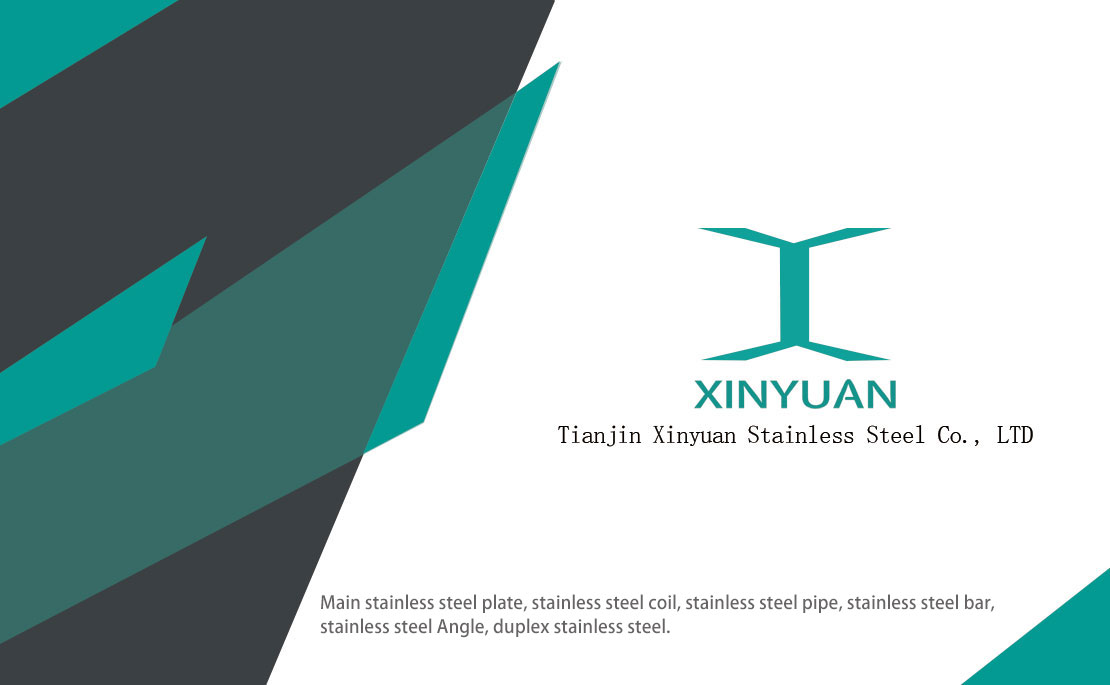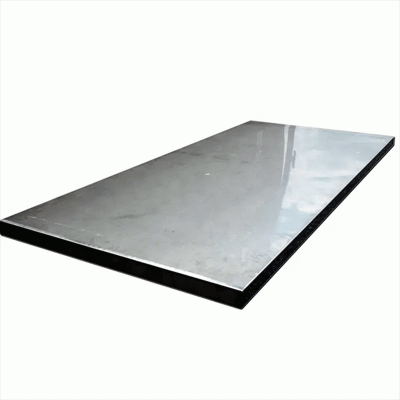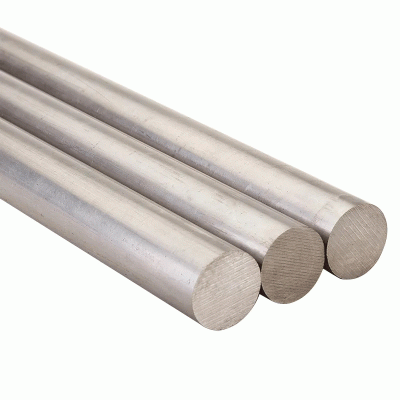Introduction to ASME B16.5 threaded flange
Structural features:
Threaded flanges manufactured in accordance with ASME B16.5 are similar to sliding flanges, but the holes shall have tapered pipe threads in accordance with ASME b1.20.1. The thread shall be concentric with the axis of the flange opening, and the alignment deviation (perpendicular to the flange face) shall not exceed 5mm per meter. Threaded flanges are NPs 1 / 2 to NPs 24 in size and pressure classes are 150, 300, 400, 600 and 900. The sizes of class 1500 and 2500 are NPs 1 / 2 to NPs 2 - 1 / 2.
Class 150 threaded flange has no counterbore. The thread shall be chamfered to the large diameter of the thread on the back of the flange, making an angle of about 45 degrees with the thread axis. The chamfer shall be concentric with the thread and shall be included in the measurement of thread length. Flanges of class 300 and higher shall be provided with counterbore on the back of flange. The thread shall be chamfered to the diameter of the counterbore at an angle of about 45 degrees to the thread axis. Counterbores and chamfers shall be concentric with the threads.
Thread gauge
The internal thread of flange shall be checked with a gauge with measuring notch. When working gauge is used, the change of thread shall be limited to one circle larger or smaller than the measuring notch. The reference point for the measurement of chamfered threads (Class 150) is the starting end of the threaded flange, provided that the thread chamfer does not exceed the major diameter of the internal thread. When the chamfer on the internal thread exceeds this limit, the reference point will become the last thread scratch on the chamfer cone. The reference point for measurement of countersunk threads (grades 300 to 2500) shall be the last thread scratch on the chamfered cone.
Advantages and disadvantages
Threaded flange joints can be assembled without welding. Pipes with tapered threads at the ends can be easily assembled with threaded flanges. This feature makes the threaded flange very suitable for extreme pressure service operating at normal ambient temperature and high explosive areas where welding may cause danger.
The disadvantages of threaded flanges are also obvious. The gap formed between the external thread and the internal thread can easily capture and retain the process fluid. This makes the threaded connection vulnerable to crevice corrosion, in which the process fluid will penetrate into the threaded area and lead to failure. Threaded joints also represent a significant stress rise. Since tightening results in a sharp increase in stress in the threaded area, relatively few expansion and contraction cycles or movement caused by misalignment may invalidate the threaded flange.
Threaded steel flanges are generally limited to water or air services with sizes NPs 6 (DN 150) or smaller and design temperatures not exceeding 250 ° F. They are not suitable for conditions involving high temperatures, cyclic stresses or corrosive fluids.
Xinyuan stainless steel products, trustworthy, if you have any needs, welcome to inquire with me.




